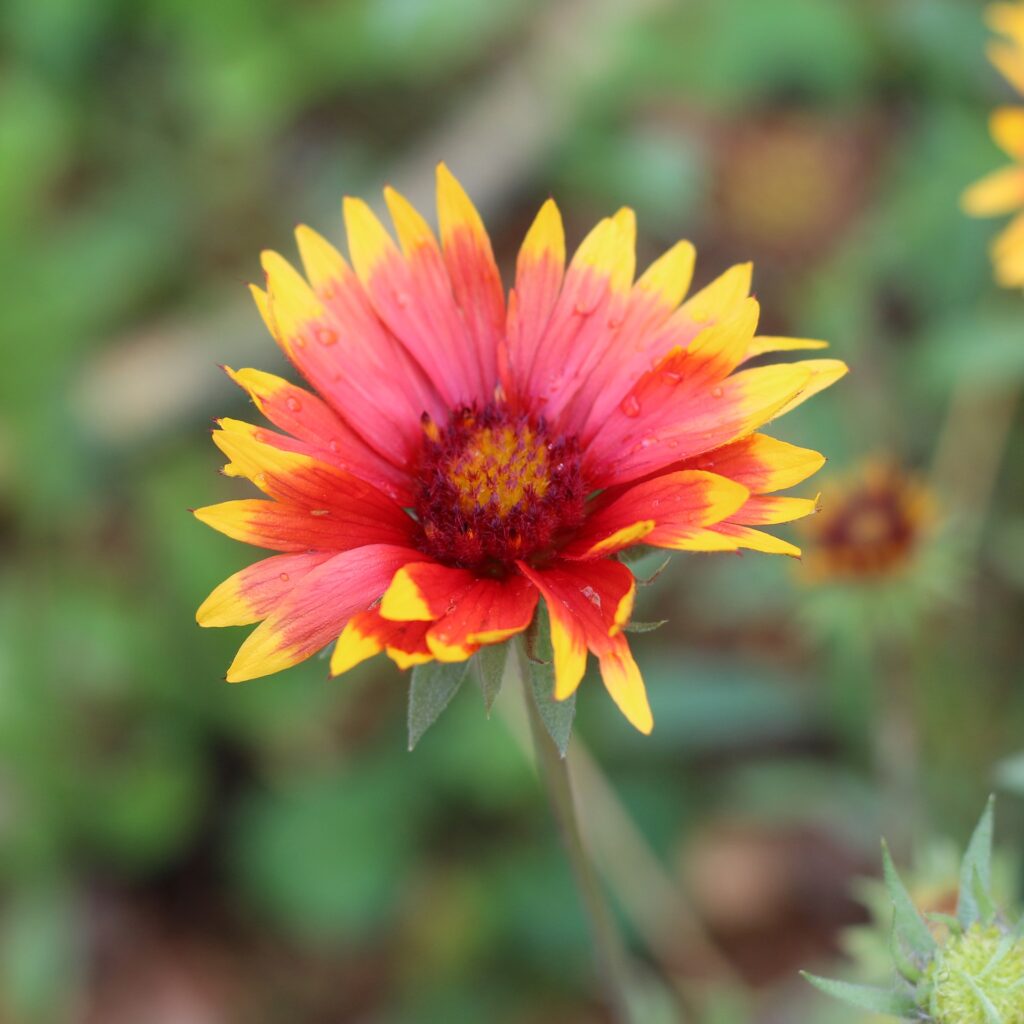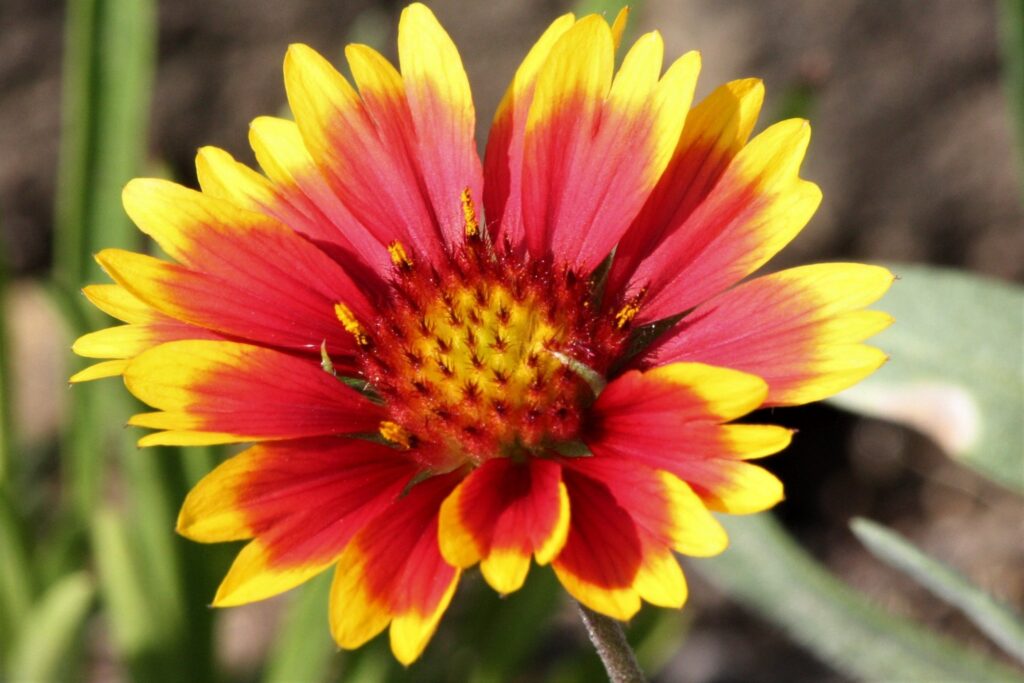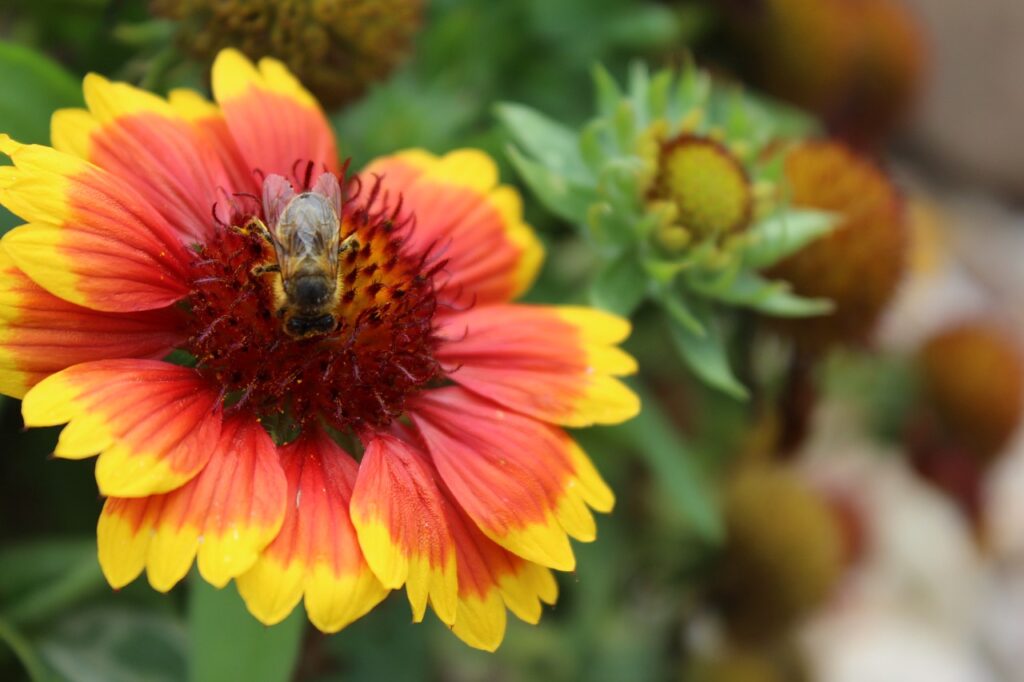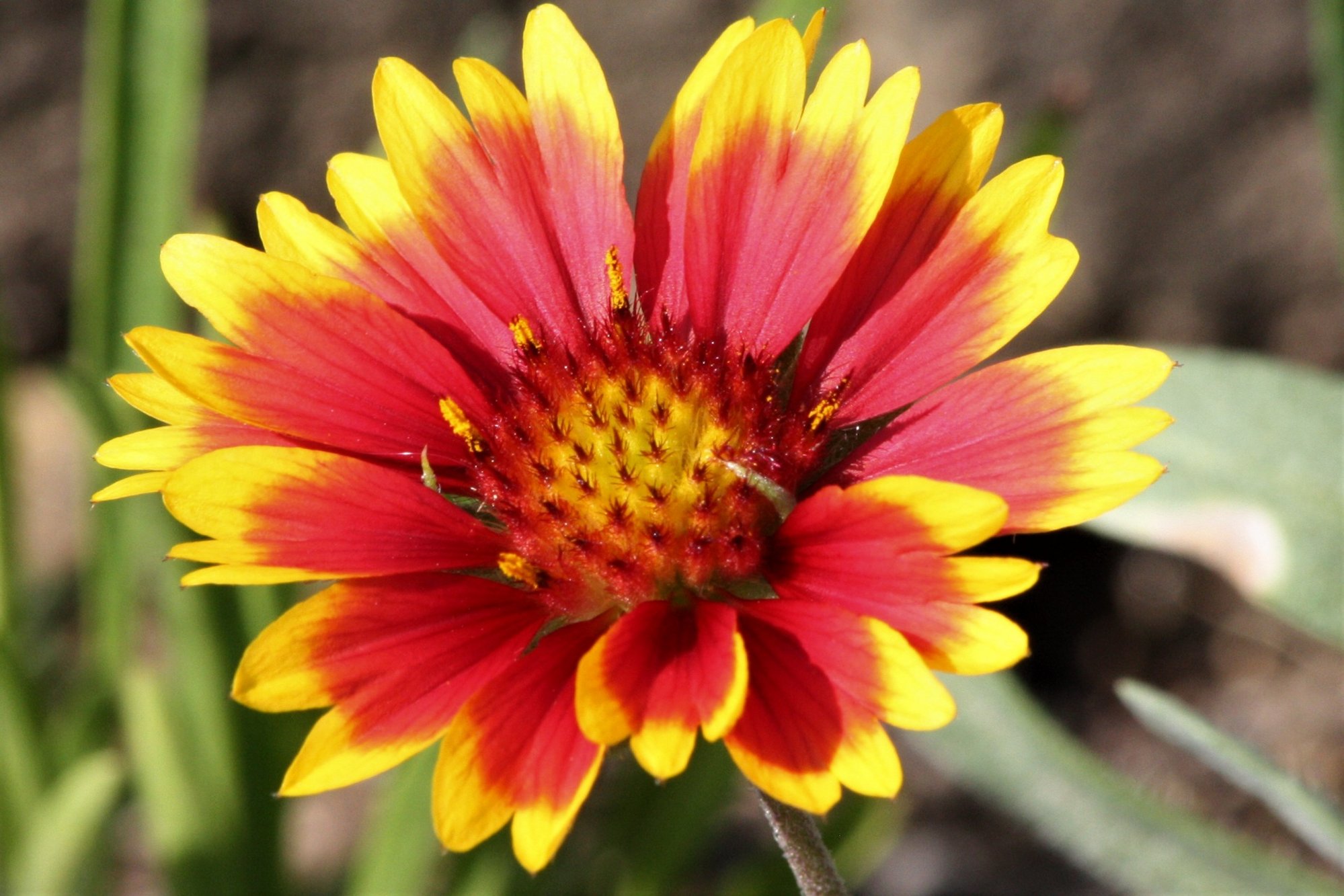Growing Indian Blanket Flower from seed is an easy and environmentally friendly way to introduce a splash of vibrant color to your garden.
These native North American wildflowers are not only visually appealing but also beneficial for pollinators.
Indian Blanket Flower, scientifically known as Gaillardia pulchella, belongs to the sunflower family, Asteraceae.
These cheerful, daisy-like flowers are well-suited for USDA hardiness zones 3-10 and thrive in hot, sunny conditions during the summer months.
When to Start Indian Blanket Flower from Seed
Starting Indian Blanket indoors helps you get a big jump on the flowering season.
- In zones 3-5, begin starting seeds indoors 6-8 weeks before the last expected frost date, usually in late winter or early spring. Transplant seedlings outdoors when all risk of frost has passed.
- In zones 6-8, start indoor seeding 4-6 weeks prior to the last frost date, typically in early spring. Transplant seedlings once the threat of frost has subsided.
- Even in warm regions (zones 9-12), it’s advisable to start seeds in containers to better control environmental conditions. Choose a time in late winter or early spring to initiate indoor seeding.

Starting Indian Blanket Flower Seeds Indoors
Choosing a Seed Starting Mix: Opt for a well-balanced, sterile seed starting mix or create your own by mixing two parts coconut coir with one part vermiculite or perlite.
Choosing Containers
Use biodegradable pots or seed trays with good drainage to start seeds.
Depth to Plant
Sow the seeds on the surface of the seed starting mix, gently pressing them down but not covering them with soil, as they require light to germinate.
Keep Moist
Ensure the seed starting mix remains consistently moist but not waterlogged. A spray bottle can be helpful for keeping the surface moist.
Keep Warm and Well-Lit
Maintain a temperature of around 70°F (21°C) for successful germination. Use a heating mat if necessary.
Provide 12-14 hours of direct sunlight daily or use grow lights.

How to Know When Your Indian Blanket Flower Plants are Ready to Plant into the Garden
Indian Blanket seedlings are ready for transplant when they have developed at least two sets of true leaves, typically 4-6 weeks after germination.
Preparing the Garden Bed
Select a sunny location with well-drained soil for Indian Blanket. They thrive in full sun.
Clear the garden bed of any weeds or debris and loosen the soil gently with a garden fork. We recommend avoiding tilling or double digging on established garden beds.
Add a layer of compost or well-rotted manure to enhance soil fertility and moisture retention.
You’ll need to space the plants 12-18 inches apart to allow for their mature size.
Harden Off Your Indian Blanket Flower Plants
Gradually introduce the seedlings to outdoor conditions over 7-10 days, beginning with a few hours of sunlight exposure and gradually increasing the time each day.

Planting into the Garden
Transplant seedlings at the same depth they were in their containers, ensuring the soil level matches.
Maintain 12-18 inches of space between plants.
Apply a layer of organic mulch around the base of the plants to conserve moisture and suppress weeds.
Water Indian Blanket plants deeply after transplanting and maintain consistent moisture until they are established.
Caring for Indian Blanket Plants
Provide regular moisture, allowing the soil to dry out a bit between watering sessions. Avoid overwatering.
You won’t need to fertilize these hardy native plants if you provide a little compost when planting out.
Do keep the garden bed weed-free to reduce competition for nutrients and moisture.
Maintain good air circulation and trim back saggy stems to minimize the risk of fungal diseases.
Deadhead spent blooms to encourage continuous flowering and consider cutting flowers for fresh or dried arrangements.
Picking Indian Blanket for Drying

Harvest the blooms for drying when they are fully open but before they start to fade. Gather them in the morning when their moisture content is highest for the best results.
Collecting Seeds from the Plant
Wait until the blooms have faded, and seed heads have formed. Harvest the seed heads, allow them to dry indoors, and then collect the seeds for future planting.
You’ll soon be enjoying the beauty of Indian Blanket in your garden.





